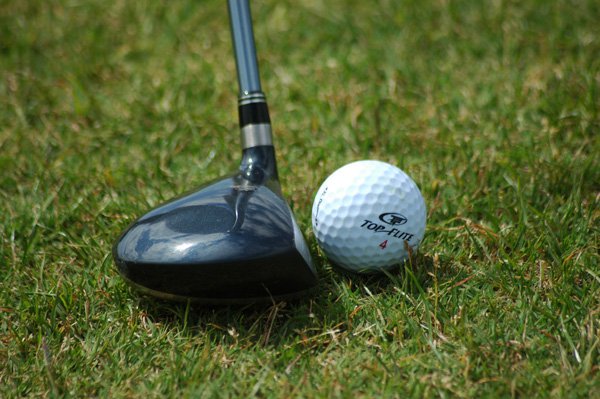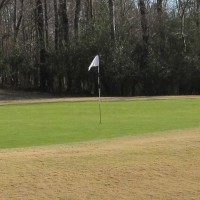Fishing the Grass Beds in South Texas
Fishing in the Lower Laguna Madre can be one of the most rewarding, and difficult, fishing experiences in Texas. This region in South Texas is home to a wide variety of game fish species ranging from speckled trout and redfish, to flounder, tarpon and snook. What makes this area so unique is the over-abundance of sea grass that can be found throughout the bay system.
The Laguna Madre is full of sea grasses that are home to many marine creatures. The flourishing algae on our part of the coast has made a major impact on the success of our fisheries. The sea grass beds are not only home to marine life but also serve as structure and ambush points for our local fish species.
This problem of getting caught in grass is pretty much unique to the Laguna Madre. In this area the grass covers around 85% of the bay system and consists of a wide variety of species. Anglers not used to fishing in this area can have a major problem keeping a fishing lure from getting caught in the grass.
One particular species of grass, the Thalassia testudinum, can be the most difficult. Locally this grass is known as turtle grass, and whether you are an experienced angler or new to the region it can cause all sorts of frustration if you aren't used to it. Turtle grass is found especially on both sides of the Intracoastal Waterway.
It is important that your lure stays in the key "strike zone" as much as possible. In order to do this you have to keep the lure just above the grass without catching it. What I do to accomplish this task is keep my rod bent at a 45 degree angle, maybe even a little bit higher when the grass is thicker. The next half of the puzzle is your lure retrieval.
The retrieve of the lure worked right above the grass is the hardest part to learn, but once you get the rhythm, it will definitely increase your chances of hooking up with fish. When working your soft plastic lure over thick grass, try to keep the lure in constant motion making sure it stays right on top of the grass blades.
Everyone has their own technique of retrieval. Mine is so weird that when fishermen try to mimic my retrieve, they wonder how tired my arm gets by the end of the day. My lure is always in constant motion. If its not going up, its going down, all in one action of my rod tip. Most anglers jerk up two to three times and then let the lure drop. That technique is very successful.
This may take a lot of practice, but it is very important to keep the lure constantly moving so that it doesn't get hooked in the grass. Pay attention to those fishing around you and see if they are getting hooked on grass. Watch the angle of their rod tip and how fast they are retrieving, this can give you a clue as to what you need to be doing. Remember, practice makes perfect, so feel free to experiement with various angles, retrieval speeds and other techniques, and maybe in time you can be an expert in fishing soft plastic lures over grass beds.
Night Time Wade Fishing
Saltwater Fishing Are You Prepared? Something That You Have To Know Before


